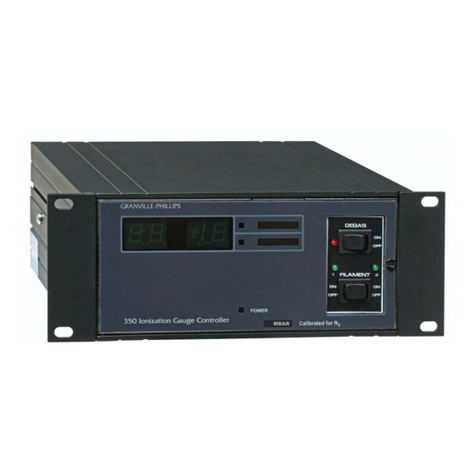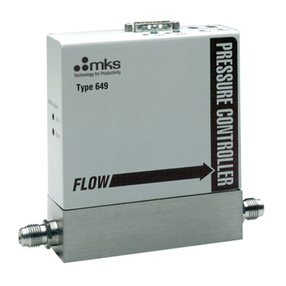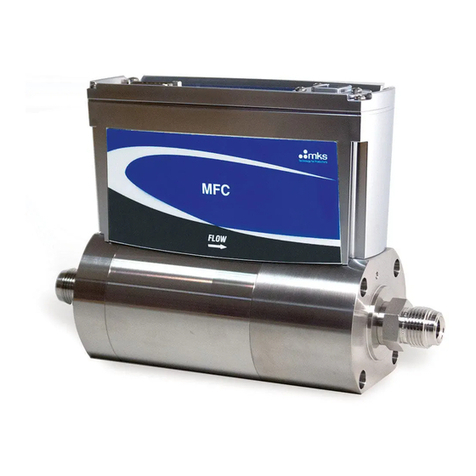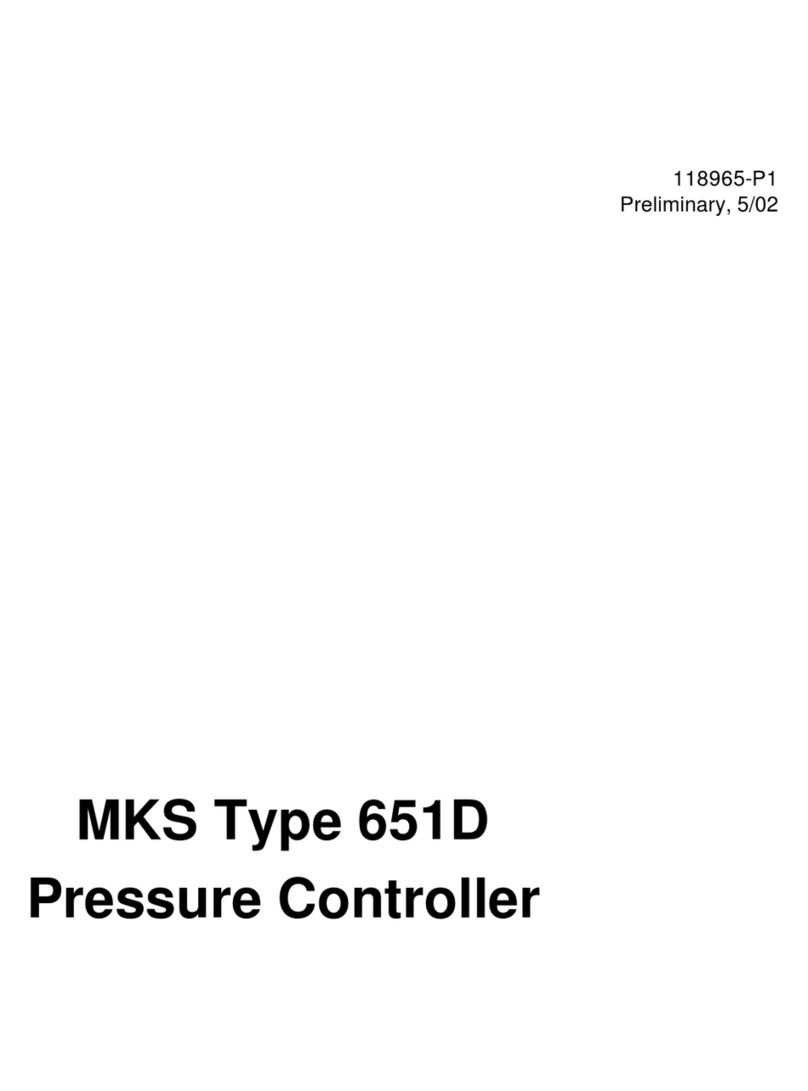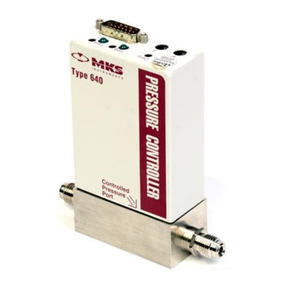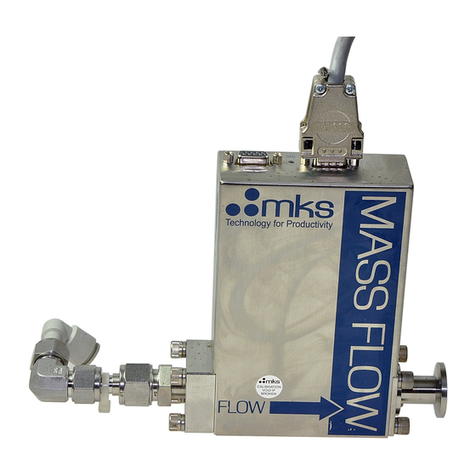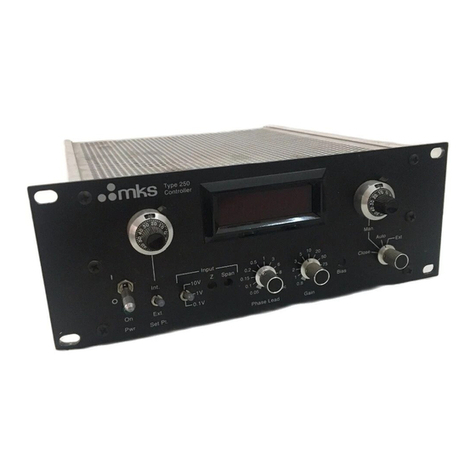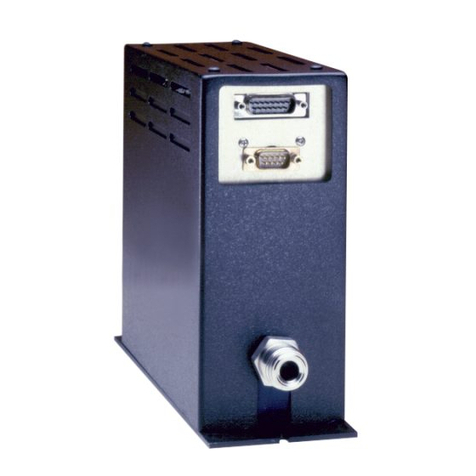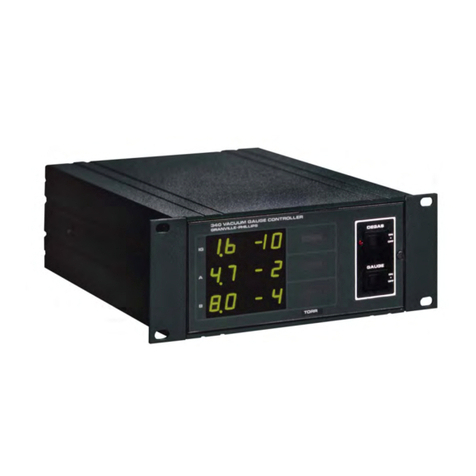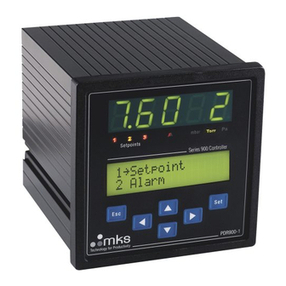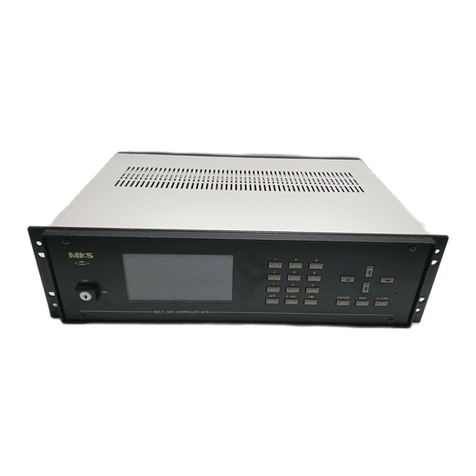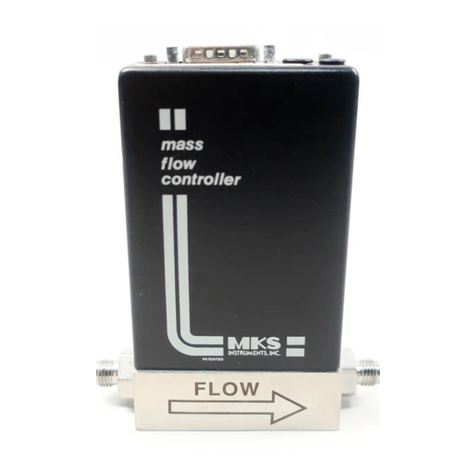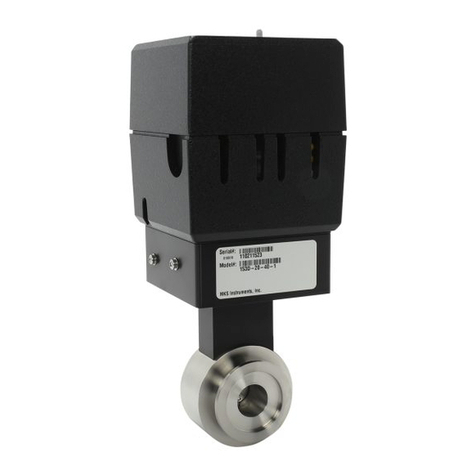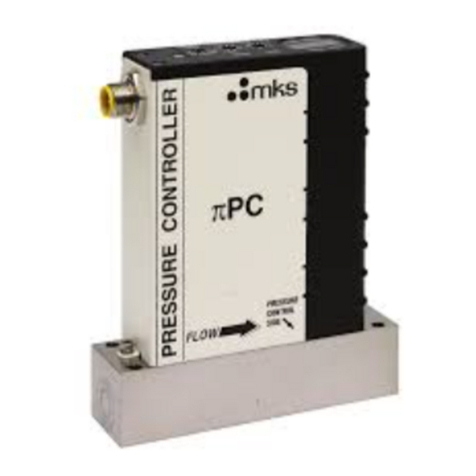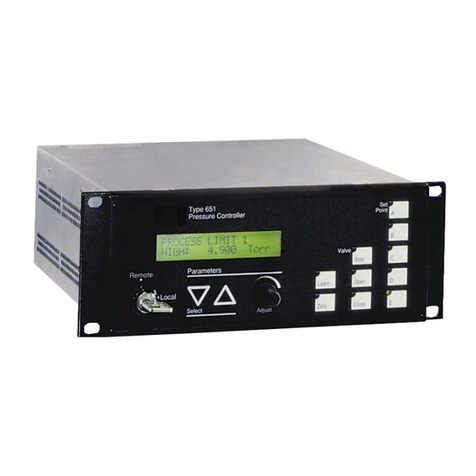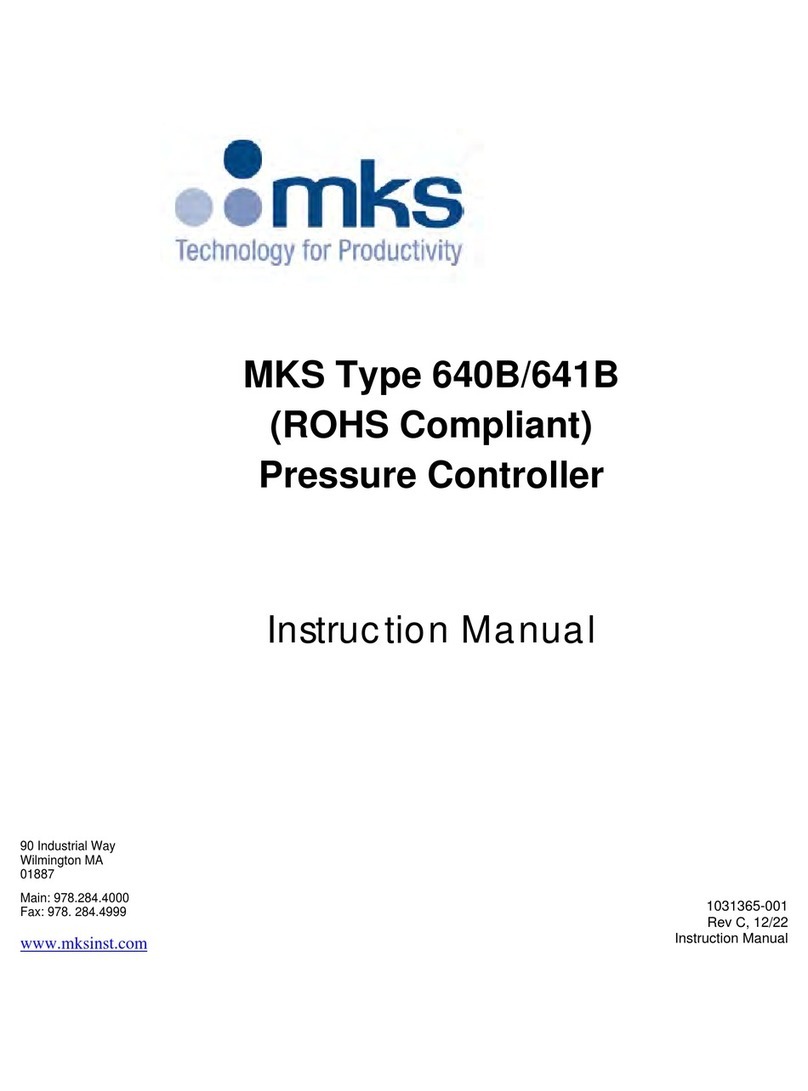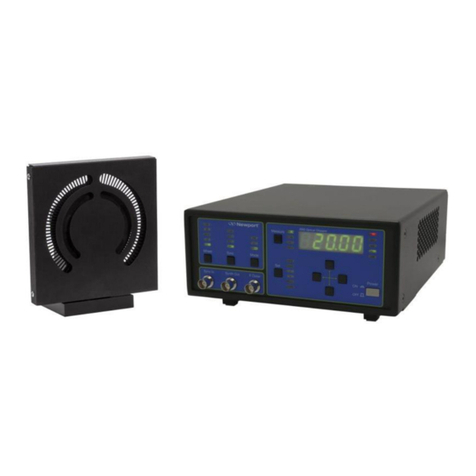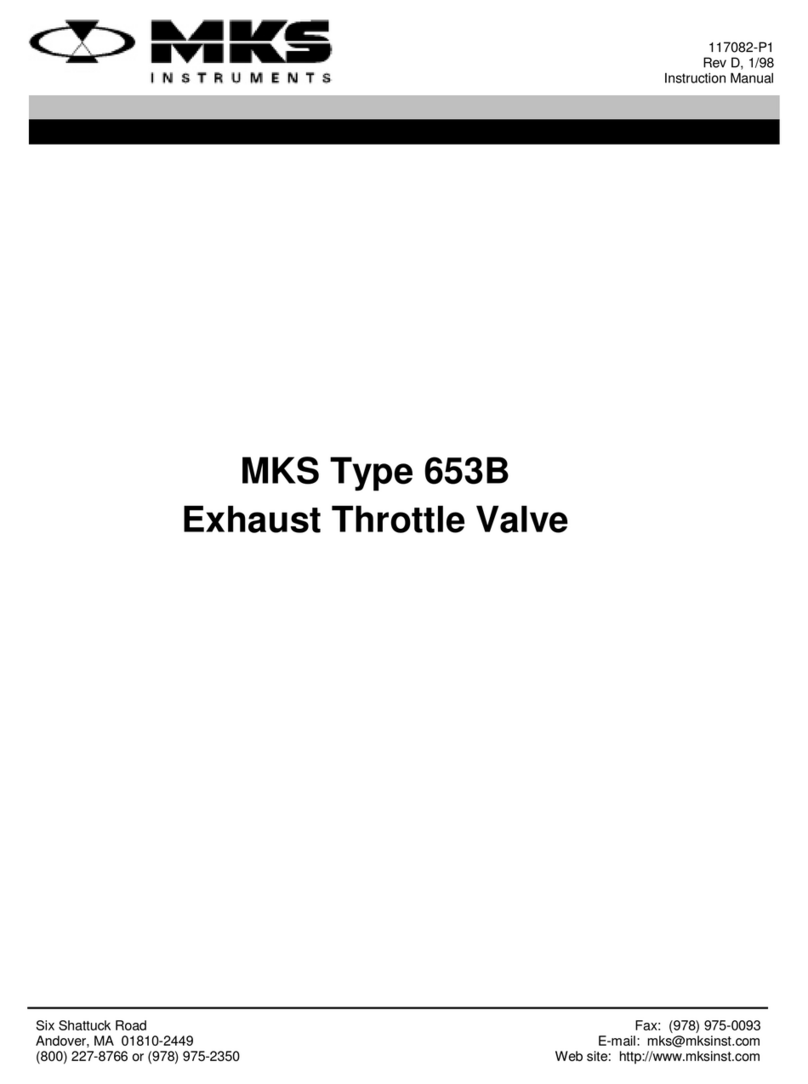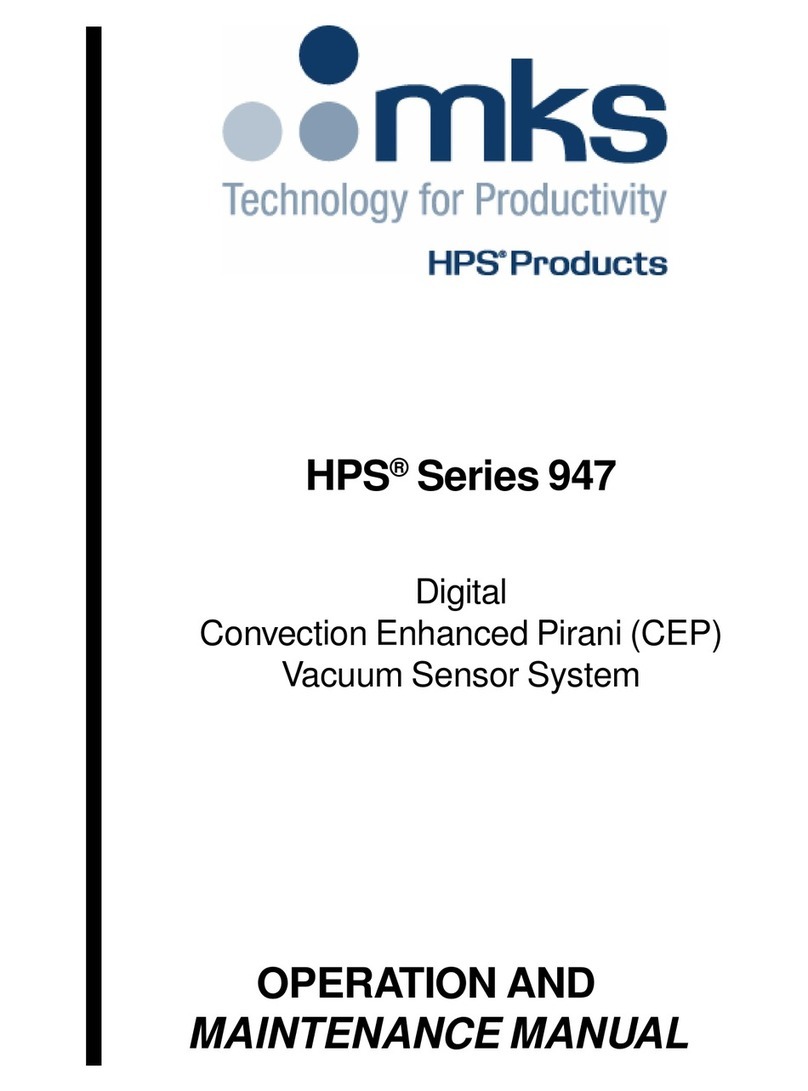
Table of Contents
ii
How to Start the MC20A MFC ...................................................................................................................................35
How to Zero the Flow Controller ................................................................................................................................35
How to Override the Valve..........................................................................................................................................37
The Optional Input.......................................................................................................................................................37
Chapter Five: Maintenance...........................................................................................................................39
General Information ....................................................................................................................................................39
Zero Adjustment..........................................................................................................................................................39
Calibration...................................................................................................................................................................39
Chapter Six: Troubleshooting.......................................................................................................................41
Troubleshooting Chart.................................................................................................................................................41
Description of Digital Error Messages ........................................................................................................................42
Appendix A: Product Specifications.............................................................................................................45
Performance Specifications.........................................................................................................................................45
Physical Specifications................................................................................................................................................46
Environmental Specifications......................................................................................................................................46
Appendix B: Gas Correction Factors ...........................................................................................................47
Explanation of Gas Correction Factor (GCF)..............................................................................................................47
Gas Correction Factors Table......................................................................................................................................48
Appendix C: Model Code Explanation.........................................................................................................51
Model Code Description..............................................................................................................................................51
Appendix D: Mass Flow Controller Sizing Guidelines ...............................................................................53
General Information ....................................................................................................................................................53
How to Determine the Flow Controller Range............................................................................................................53
Appendix E: MKS MC20A Digital MFC Graphical User Interface..........................................................55
Overview .....................................................................................................................................................................55
Software Setup.............................................................................................................................................................55
Equipment Needed ......................................................................................................................................................56
Equipment Setup .........................................................................................................................................................56
Starting the GUI ..........................................................................................................................................................57
Exiting the GUI ...........................................................................................................................................................58
Description of the Main Control Panel........................................................................................................................58
User Mode and Calibration Mode ...............................................................................................................................59
Calibration Mode Access.............................................................................................................................................60
Setting, Adding, and Deleting Gas Tables...................................................................................................................62
Adjusting PID Tuning Parameters...............................................................................................................................66
Viewing Identity Table................................................................................................................................................67
Reading Diagnostic Messages.....................................................................................................................................67
Creating and Modifying Calibration Tables................................................................................................................68
Index.................................................................................................................................................................71






